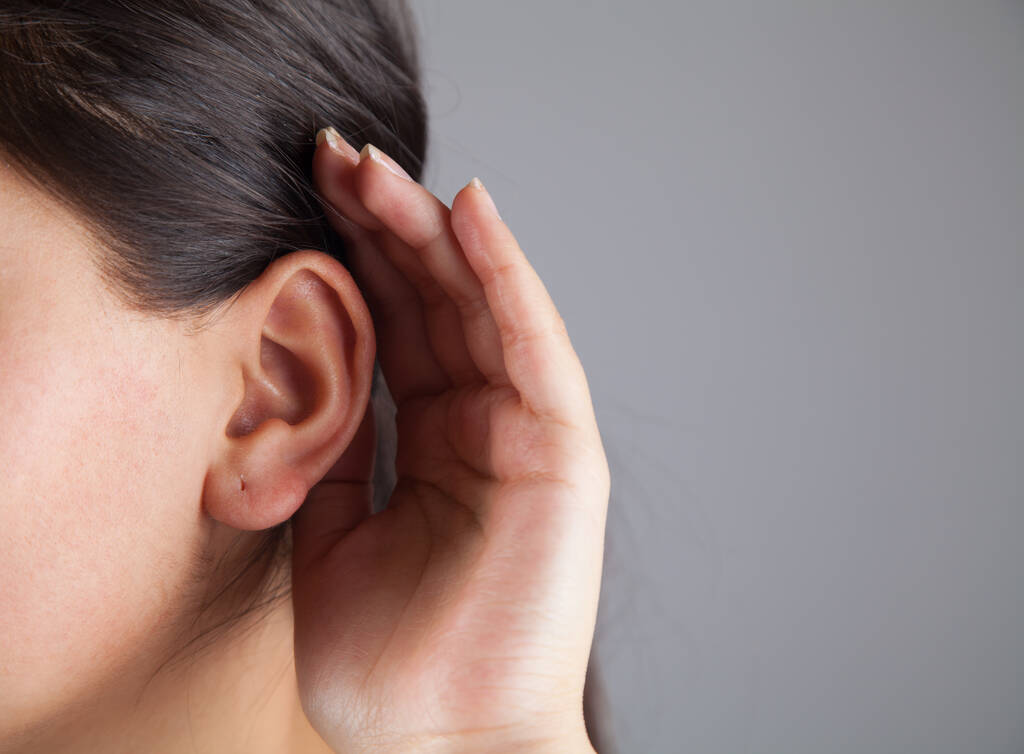Blog
Hearing Less Lately? It Could Be Something Simple

We have all had moments where the world seems a little quieter than usual. Maybe voices sound muffled or you find yourself turning up the TV a little higher than normal. While gradual hearing loss can sometimes be a natural part of ageing, one of the most common and easily fixable causes is a simple build up inside the ear. For many people a professional ear wax removal procedure can make the difference between struggling to hear and experiencing sound clearly again.
What Ear Wax Actually Does
Ear wax or cerumen and often gets a bad reputation but it is not dirt or something your body produces by mistake. Quite the opposite it is part of your body’s natural defense system.
- Traps dust, dirt and bacteria before they reach the eardrum
- Keeps the ear canal moisturized and prevents dryness
- Acts as a barrier against infections
Signs of a Wax Build Up
It is not always easy to know when excess ear wax is the culprit, but some common symptoms include
- Muffled or reduced hearing
- A sense of fullness or pressure in the ear
- Ringing (tinnitus)
- Dizziness or imbalance
- Itchiness or irritation inside the ear
What Not to Do
One of the most common mistakes people make is trying to solve the problem themselves with cotton buds, hairpins or other objects. Instead of removing the wax and these tools usually push it deeper into the canal and increasing the risk of blockages and even damaging the delicate eardrum
Ear candling is another method often promoted online but medical professionals strongly advise against it. Studies show it is ineffective and potentially dangerous with risks of burns or wax dripping into the ear.
Safe Options for Managing Ear Wax

If you suspect wax is affecting your hearing and there are a few safe approaches
- Ear Drops: Over the counter softening drops can help break down wax so it moves out naturally.
- Irrigation Kits: Some pharmacies sell kits that gently flush the ear with water, but these should only be used if you are sure there is no ear infection or perforated eardrum.
- Professional Removal: The safest and most effective option. Clinicians can use suction and specialized tools or irrigation under controlled conditions to remove wax without risk of damage.
Why Professional Removal Is Often Best
Trained healthcare providers have the right equipment and expertise to see inside your ear and remove blockages safely. They can also check for other issues like infections and fluid build-up or underlying conditions if wax is not the cause. A quick appointment can rule out bigger concerns and provide instant relief if wax was to blame.
Prevention Tips
While ear wax is natural and usually does not need interference, a few habits can help minimize blockages
- Avoid inserting anything into your ear canal.
- Use ear drops occasionally if you are prone to build up.
- Keep ears dry after swimming or showering to prevent wax from clumping.
- If you wear hearing aids and have your ears checked regularly, as wax can accumulate faster.
When to Seek Help
If you notice sudden hearing loss and pain, persistent ringing or discharge from the ear do not wait see a professional. These symptoms could indicate something more serious than wax and require medical attention.
A Simple Fix for a Big Difference
Hearing plays a huge role in how we connect with others and experience daily life. When sound becomes muted or unclear, it is easy to worry that it is permanent. But often, the solution is surprisingly simple. A safe, professional approach to clearing wax can restore clarity and comfort in minutes and letting you enjoy conversations, music and the everyday sounds you may have been missing.
Ear Wax and Hearing Quick Guide
| Section | Key Points |
|---|---|
| Hearing Issues | Often caused by ear wax buildup. Easy to fix with safe removal. |
| Role of Ear Wax | Protects ear from dust and bacteria. Keeps ear canal moist. Prevents infection. |
| Signs of Blockage | Muffled hearing. Ear pressure. Ringing sound. Dizziness. Itchiness. |
| Avoid | No cotton buds. No hairpins. No ear candling. |
| Safe Options | Ear drops. Irrigation kits. Professional removal. |
| Why Professional | Safe and quick. Checks for other problems. Provides instant relief. |
| Prevention | Do not insert objects. Use drops if needed. Keep ears dry. Check often with hearing aids. |
| Seek Help If | Sudden hearing loss. Pain. Persistent ringing. Ear discharge. |
| Conclusion | Ear wax is common and treatable. Professional care restores hearing safely. |
Conclusion
Hearing changes can feel worrying but the cause is often something as simple and treatable as ear wax buildup. While it serves an important role in protecting the ear too much of it can interfere with hearing and comfort. The good news is that safe and effective solutions exist and professional removal can restore clarity almost instantly.


